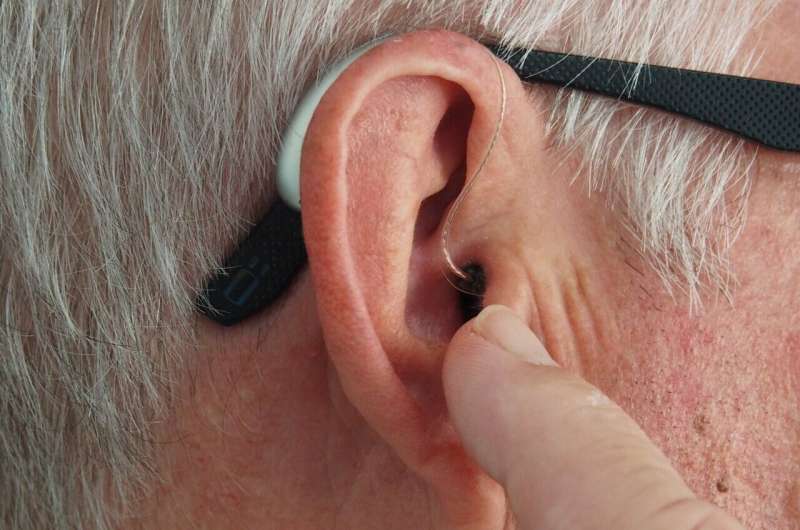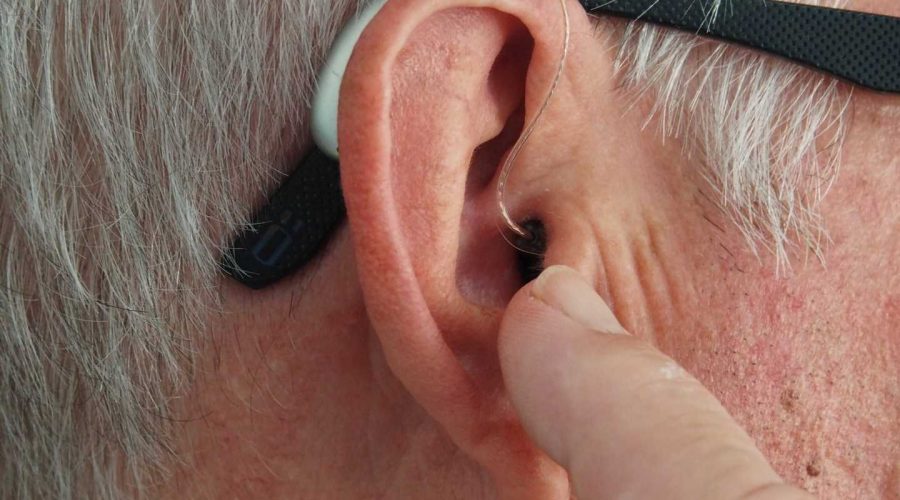1 billion young people may be at risk for hearing loss due to ‘unsafe’ listening habits, study shows

It may be a good idea to start turning the volume down.
From the impacts of music and movies to phones and concerts, a new study shows 1 billion young people are a risk for hearing loss.
For perspective: That’s an eighth of the world’s population.
It’s common for adolescents and young adults to listen too loud and too long, according to the study published Tuesday in the journal BMJ Global Health.
An international team of researchers determined there is an “urgent need” for governments to implement safe listening policies.
The World Health Organization (WHO) estimates more than 430 million people of all ages worldwide currently have disabling hearing loss. Young people are particularly vulnerable because of their use of personal listening devices, such as smartphones, headphones and earbuds, and from visiting loud music venues, amid poor regulatory enforcement.
“We estimated that 0.67 to 1.35 billion individuals aged 12-34 years worldwide likely engage in unsafe listening practices,” and are therefore at risk for hearing loss, lead study author and WHO consultant Lauren Dillard told CNN.
“Recurrent or even single instances of unsafe listening may cause physiological damage to the auditory system, presenting as transient or permanent tinnitus and/or changes to hearing,” said researchers, whose study examined rates of unsafe listening around the globe. “Damage from unsafe listening can compound over the life course, and noise exposure earlier in life may make individuals more vulnerable to age-related hearing loss.”
Led by academics at the University of South Carolina, researchers examined previous studies on personal listening devices and loud music venues that took place between 2000-2021.
The analysis included 33 studies involving about 19,000 people and researchers estimated 23% of adults and 27% of minors studied were exposed to “unsafe listening” from personal listening devices.
The Centers for Disease Control and Prevention limits safe occupational noise levels at a time-weighted average of 85 decibels over a span of 40 hours a week. Exposures at or above this level for too long are considered hazardous, according to the CDC. Exposure to a 92-decibel sound is permissible for 2 1/2 hours, while a 98-decibel sound is permissible for only 38 minutes, and so on.
For reference, the CDC describes an 80- to 85-decibel sound as the noise of a leaf blower, gas-powered lawnmower or city traffic while inside your car.
In the end, researchers found unsafe listening practices are prevalent and may place more than 1 billion young people at risk of hearing loss.
Plugged into a smartphone downloaded with MP3 audio files, listeners often choose volumes as high as 105 decibels, and venues often range from 104 to 112 decibels, the study said.
“These findings highlight the urgent need to implement policy focused on safe listening habits worldwide in order to promote hearing loss prevention,” the study concluded.
Steps to prevent hearing loss
In the United States, hearing loss is the third most common chronic physical condition after high blood pressure and arthritis, according to the CDC.
As hearing loss worsens, the CDC reports, hearing and understanding others becomes increasingly difficult, which can lead to isolation.
To prevent hearing loss, the CDC recommends taking these steps:
- Increase the distance between you and the source of the noise.
- Reduce your time in noisy areas.
- Always wear hearing protection in noisy areas, and if using foam plugs, insert them correctly.
- If you are listening to music or something else, keep the volume at a safe level and only listen in areas that are not noisy.
- Take a break from noisy activity.
- Reduce noise at the source of the noise. Use quieter equipment and keep equipment well maintained and lubricated.
- Enclose the source of the noise or place a barrier between you and the source.
Source: Read Full Article
